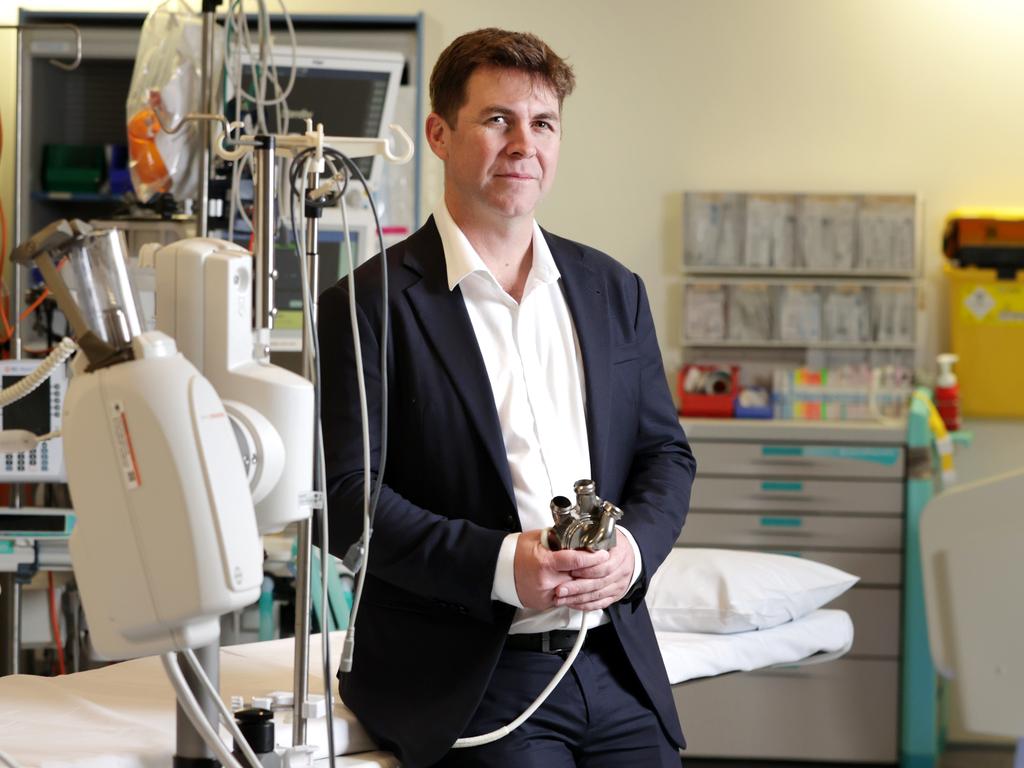
For the wider public the sudden blitz of advertising from private hospital owner Healthscope lambasting health insurers such as Bupa and Australian Unity for “not paying their fair share” seemed to come out of nowhere.
In fact, the row had been brewing for months. Healthscope, which owns 38 private hospitals, just happened to blow the whistle first.
In mid-November, Healthscope upped the ante again. In a dramatic move the private hospital operator cancelled its contracts with Bupa and the Australian Health Alliance (a combination of 26 smaller insurance operators) in an escalation of the dispute that is set to affect about six million people.
Industry analysts knew the issue was ready to go mainstream when St Vincent’s Hospital in Sydney came within striking distance of ending its relationship with health insurer NIB a few weeks earlier.
But it was the Healthscope campaign that took an industry dispute out of the corridors of power and into the full glare of media attention. By late November, the peak body for health funds, Private Healthcare Australia, had branded the Healthscope campaign as “unethical”.
In short, it has become a standoff. Private hospitals say health insurers have not been paying enough for years and the hospitals cannot continue to run as they are. Health insurers say the amount they get to charge customers a year is not enough and the government must let them charge more. In fact, health insurers want to double their annual increase next time.
Sandwiched between these two forces is the Australian consumer and they are not waiting around to see how the battle will play out.
Instead, Australians have been taking action and the most obvious course has been in downgrading their health insurance. It’s a pragmatic response to the escalating cost of living and inflation-based cost increases across the health sector.
Unfortunately, it also will take its toll on the health system because everything has a price – especially health treatment.
As a snapshot of the issues mounting in the health system, the tactics of some top surgeons offer a strong example. Surgery is always expensive and elective surgery is always just what the name implies – a choice that allows the operation to be delayed or postponed indefinitely.
Across Australia, surgery costs have been rising strongly for a range of reasons, not least the soaring costs of professional indemnity insurance for surgeons. No surprise, then, to hear reports that surgeons are getting very selective on which operation they choose to do. Put simply, some surgeons have been culling their own lists and reportedly focusing on the most lucrative work.

At the same time, it is widely reported that elective surgery patients have been pushing out the calendar date for their chosen procedures. Again, this is to be expected when costs are rising.
In the end, everyone wants the private healthcare system to work effectively. It’s a co-dependent system where the insurers need the hospitals and the hospitals need the insurers.
For now, there is an uneasy truce after some health insurers agreed to pay more to hospitals on some occasions – but the issue is unresolved. More recently, the insurers have raised the idea of expanding in-home care services, an idea branded by the Private Hospitals Association as “insurers paying themselves to provide cut-price care”.
Ultimately, the buck stops with federal Health Minister Mark Butler, who has been expected to make recommendations on an earlier report into the area, but unfortunately for all concerned there is an election looming and no politician wants to be seen to be pushing up the prices of health cover before election day. For patients’ sake, let’s hope Butler moves sooner rather than later.







It all seemed to be going along just fine until one day, in mid-September, Australia’s health insurers were suddenly cast as rank villains by hospital operators.